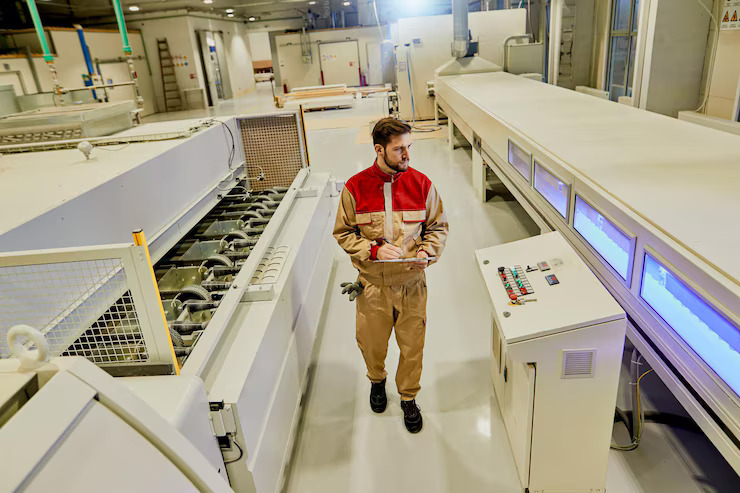How to Evaluate a New CMMS: A Practical Guide
Selecting a Computerized Maintenance Management System (CMMS) is a critical decision for any organization that relies on asset-intensive operations. A well-chosen CMMS can significantly improve equipment reliability, optimize maintenance workflows, and provide transparency across departments. However, with a wide range of solutions available, knowing what to look for—and what to avoid—can be the difference between a system that becomes a cornerstone of operational success and one that becomes shelfware.
The evaluation process should begin with a clear understanding of your organization’s specific needs. Consider the scope and scale of your maintenance operations: Are you managing multiple sites? Do you have mobile technicians in the field? Are regulatory compliance and audit readiness priorities? These questions help narrow the field to systems designed with the right level of flexibility and depth.
Functionality should be a primary consideration. A modern CMMS should go beyond basic work order tracking. Look for features such as asset hierarchies, predictive maintenance capabilities, inventory control, real-time reporting, and integration with other enterprise systems. Azzier CMMS stands out in this regard, offering a comprehensive suite of tools designed to support organizations across various industries, including manufacturing, municipalities, energy, and healthcare.
Ease of use is also important. The best CMMS is the one your team will actually use. During the evaluation, pay close attention to the interface design and user experience. Is it intuitive? Can users at all technical skill levels navigate it with confidence? But be cautious in this regard. Do not fall into the trap of sacrificing functionality for a pretty interface. Many new entries in the CMMS space have visually appealing user interfaces carefully designed to attract new users with their gamified appearance, hiding the lack of depth and experience that more mature systems provide. Azzier’s interface is built with usability in mind, offering a browser-based platform that is consistent across devices—an essential feature for mobile workforces and decentralized teams.
Configurability should also factor heavily into your decision. No two maintenance departments operate exactly alike. Azzier offers a level of flexibility that allows organizations to tailor workflows, forms, and reports to their specific operational needs without requiring extensive development or third-party customization. This reduces implementation time and ensures that the system aligns closely with established procedures.
Integration capabilities are a critical yet often underestimated aspect of CMMS evaluation. A maintenance management system must operate seamlessly within a broader digital ecosystem, exchanging data with ERP systems, finance and procurement platforms, HR software, and even IoT-enabled devices. Azzier CMMS is designed with this in mind, offering robust integration options through standardized APIs and data connectors. Whether your organization uses SAP, Oracle, Microsoft Dynamics, or other enterprise platforms, Azzier can communicate efficiently and securely across systems. This ensures a single source of truth across departments, eliminates data silos, and enhances overall operational insight—allowing maintenance data to inform strategic business decisions in real time.
Scalability and future-readiness are often overlooked during CMMS selection but are vital for long-term value. Whether your organization is expanding, implementing IoT-enabled sensors, or seeking to integrate with enterprise resource planning (ERP) systems, your CMMS must be equipped to grow with you. Azzier’s architecture supports seamless scaling and modern integration capabilities, ensuring it remains a strategic asset as your operational landscape evolves.
Vendor support and implementation services also deserve scrutiny. A robust CMMS is only as effective as the team behind it. With Azzier, clients benefit from a knowledgeable support staff, comprehensive training resources, and a proven implementation process that reduces downtime and encourages user adoption. Their team works closely with clients from the early planning stages through deployment and beyond, ensuring the system delivers on expectations.
Finally, consider the total cost of ownership. This includes licensing fees, implementation costs, hardware investments (if any), training, and ongoing support. Because Azzier is delivered as a SaaS solution, many of these costs are minimized or eliminated altogether. There’s no need for internal server infrastructure or complex IT maintenance, and updates are delivered automatically, ensuring the platform is always up-to-date with the latest features and security enhancements.
For organizations seeking a future-ready, user-centered, and functionally rich CMMS, Azzier offers a compelling solution. Its web-based architecture, configurable design, and industry-proven capabilities position it as more than just a maintenance tool—it becomes a partner in achieving operational excellence.




